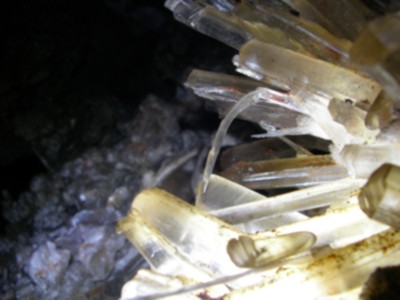Preliminary U/Th dating and the evolution of gypsum crystals in Naica caves (Mexico)
DOI:
https://doi.org/10.3986/ac.v40i1.25Abstract
The origin and the evolution of giant selenite crystals in Naica caves, together withthe understanding of their growthmechanisms, is one of the aims of the international multidisciplinary research, called the “Naica Project”. In this context, the exact timing of when the gypsum nucleation started and whether its growthhas been constant over time, have been investigated. The preliminary data obtained withthe U–Th disequilibrium method show significant differences in ages for gypsum (between 191 ± 13 kyr for one of the Ojo de la Reina cave crystals and 57 ± 1.7 kyr for the base of Espadas cave’s spar) and have produced a coarse chronological interval of growth. The crystal depositional rates vary from 0.56 to 1.22 mm/kyr, in excellent agreement withthe laboratory tests for gypsum deposition under present conditions performed in the deepest part of the mine. These results are also consistent witha multistage precipitation started at different times in the Naica caves (first in caves at the upper level, where gypsum was subsequently dissolved, and only later in the deeper part of the aquifer under stable conditions) and allow us to improve the knowledge on the speleogenetic evolution of these caves.
Downloads

Downloads
Published
How to Cite
Issue
Section
License
Authors guarantee that the work is their own original creation and does not infringe any statutory or common-law copyright or any proprietary right of any third party. In case of claims by third parties, authors commit their self to defend the interests of the publisher, and shall cover any potential costs.
More in: Submission chapter




